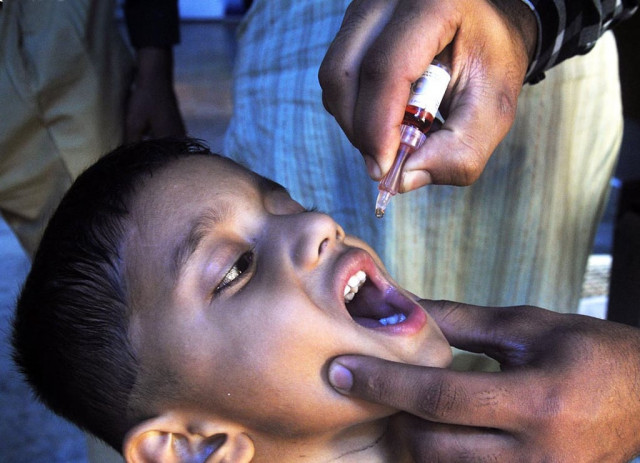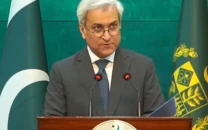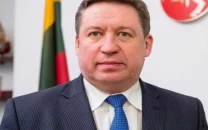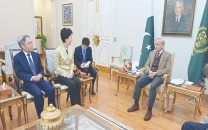Poliovirus detected in Lahore sewage again
Virus found in Multan Road area samples on Jan 16 and from Gulshan-e-Ravi on Jan 2, says NIH

The National Institute of Health (NIH) on Sunday confirmed the detection of poliovirus from Lahore's environmental samples for the second time this month.
According to the NIH, the poliovirus was detected in sewage water in the Multan Road area on Jan 16 and in the samples taken from Gulshan-e-Ravi, Lahore on Jan 2.
Experts said that environmental samples from Lahore currently contain polioviruses from South Waziristan and Nangarhar, Afghanistan.
However, the NIH said, no polio case had been reported in Pakistan, so far, this year.
The last poliovirus case from Lahore was reported in July 2020. However, the virus had been periodically detected in its sewage water. Last year, four environmental samples were found positive for the virus.
Read more: How far are we from a polio-free Pakistan?
On Tuesday, Minister for National Health Services, Regulations and Coordination Abdul Qadir Patel confirmed Pakistan's first detection of the wild poliovirus in 2023 — found in an environmental sample in Lahore.
The poliovirus found in Gulshan-e-Ravi's sample had links to Afghanistan's Nangarhar province from last November, the NIH said.
Patel said the two "countries are united in the fight against the virus and are working together to eradicate" the crippling disease.
He added that while the isolation of the virus was a cause for concern, it was excellent to note that it was detected promptly. "This timely detection of the virus in the environment was crucial to protecting children from being paralysed by the poliovirus."
Stressing the need to vaccinate children timely, the minister said: “The only way to stop the virus is to vaccinate all children under the age of five. It is critically important that parents and caregivers, particularly in Lahore, ensure that their child is vaccinated in the February round.”
While there was no cure for polio, vaccination was the most effective way to protect children from the crippling disease. Each time a child under the age of five was vaccinated, their protection against the virus was increased.
Repeated immunisations protected millions of children from polio, allowing almost all countries in the world to become free of polio, besides the two endemic countries of Pakistan and Afghanistan.



















COMMENTS
Comments are moderated and generally will be posted if they are on-topic and not abusive.
For more information, please see our Comments FAQ